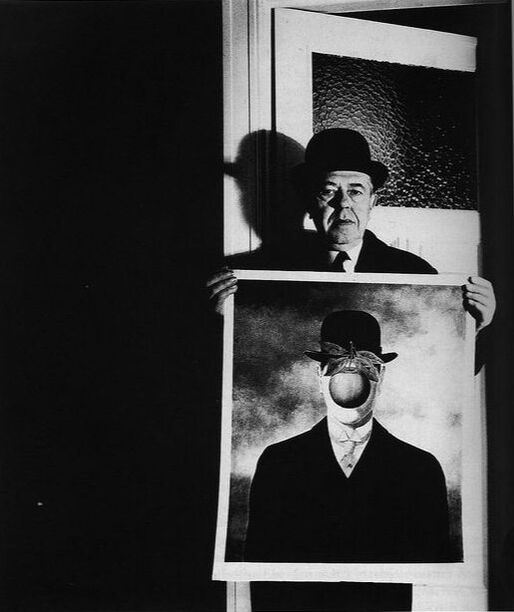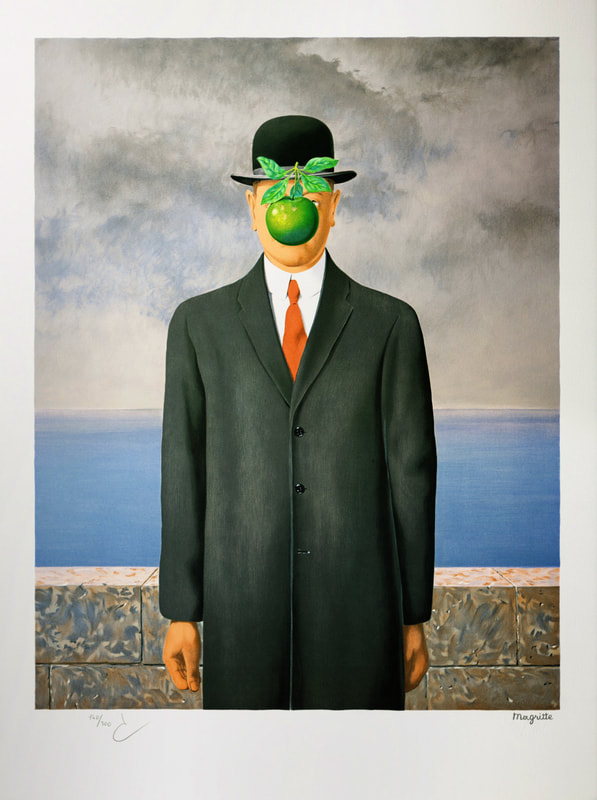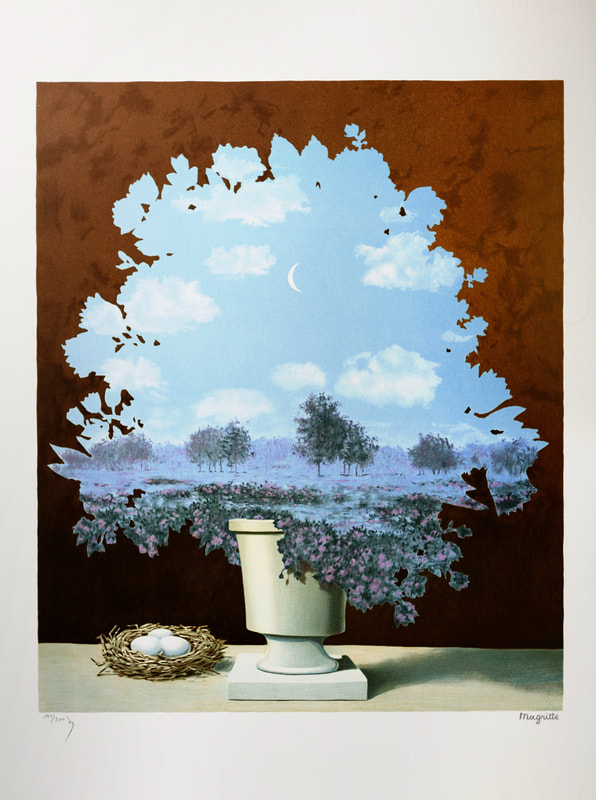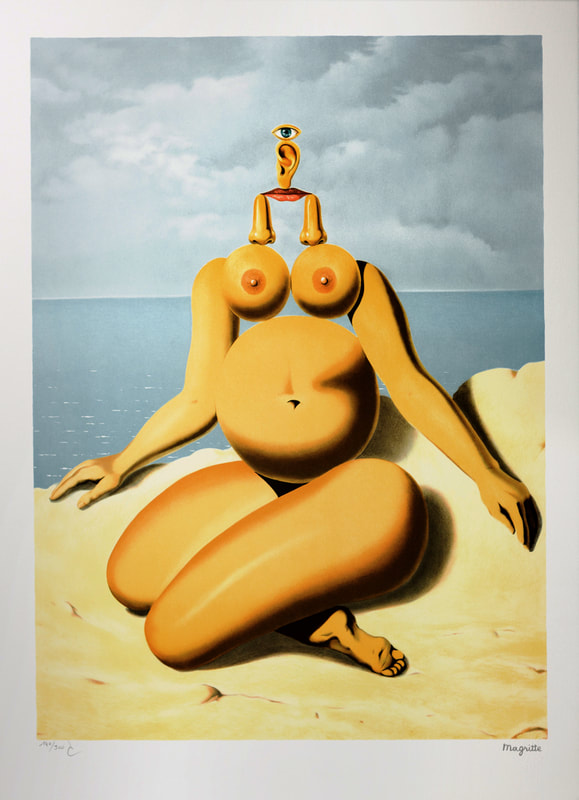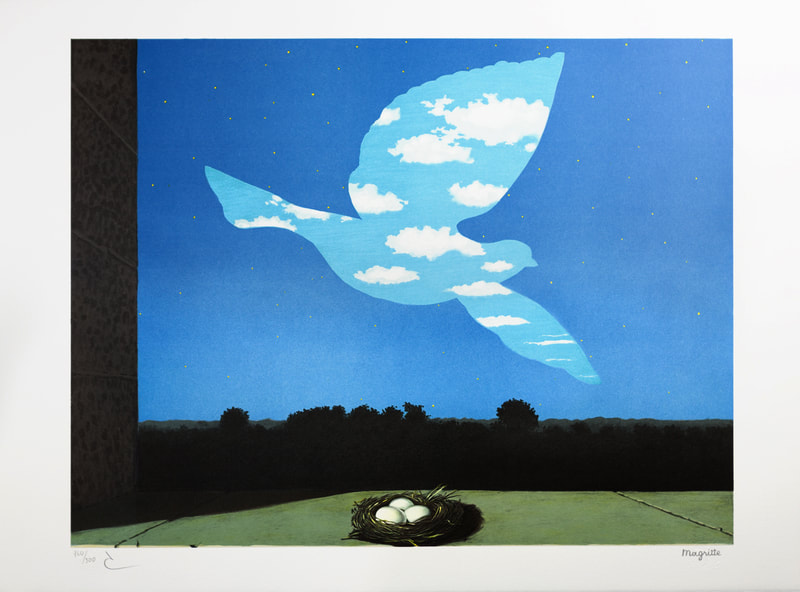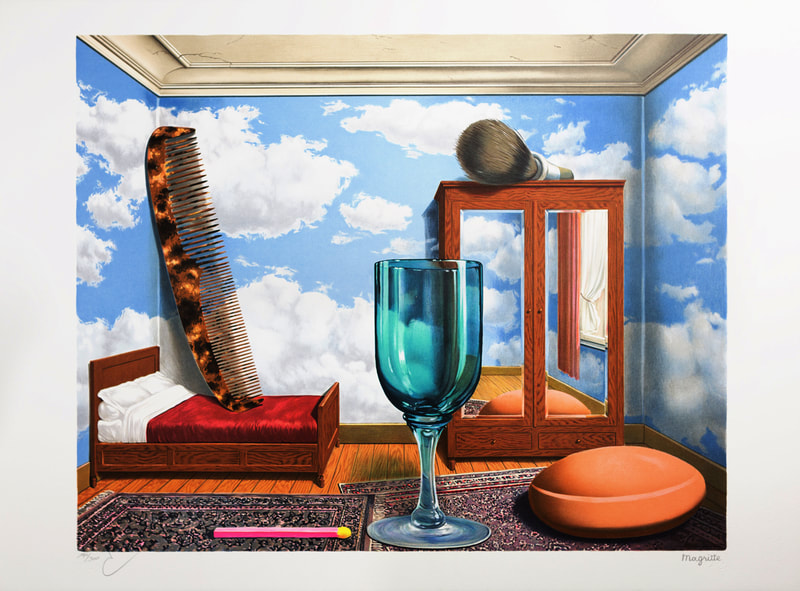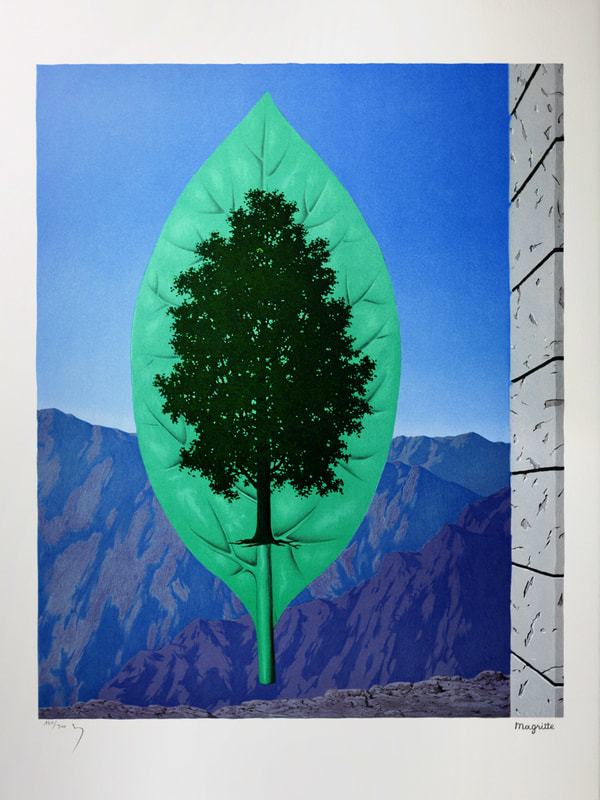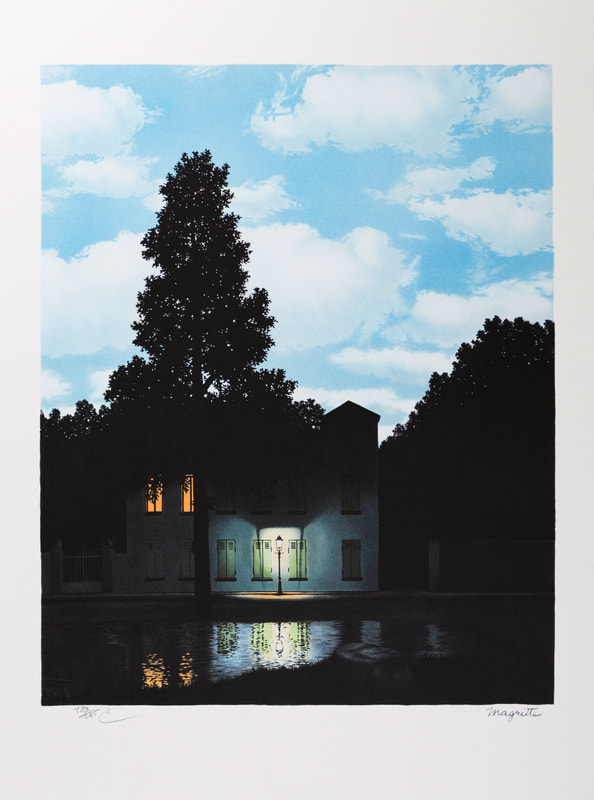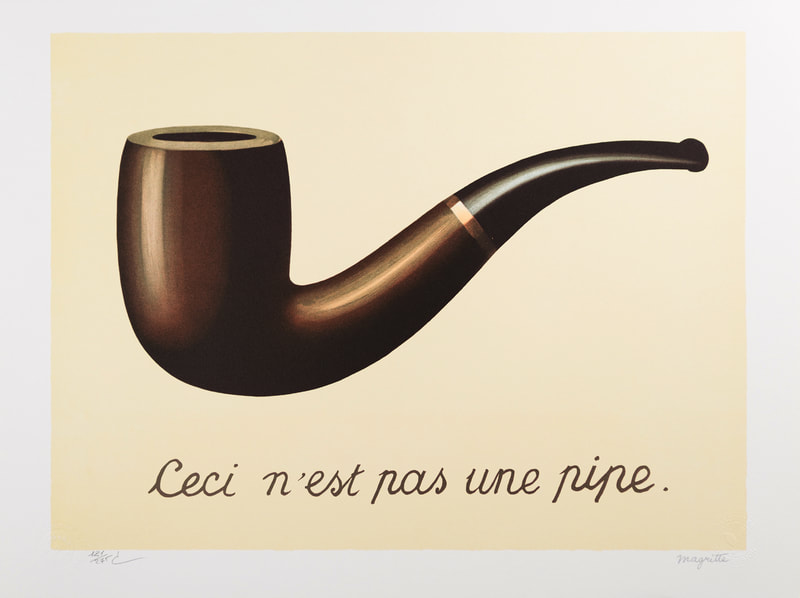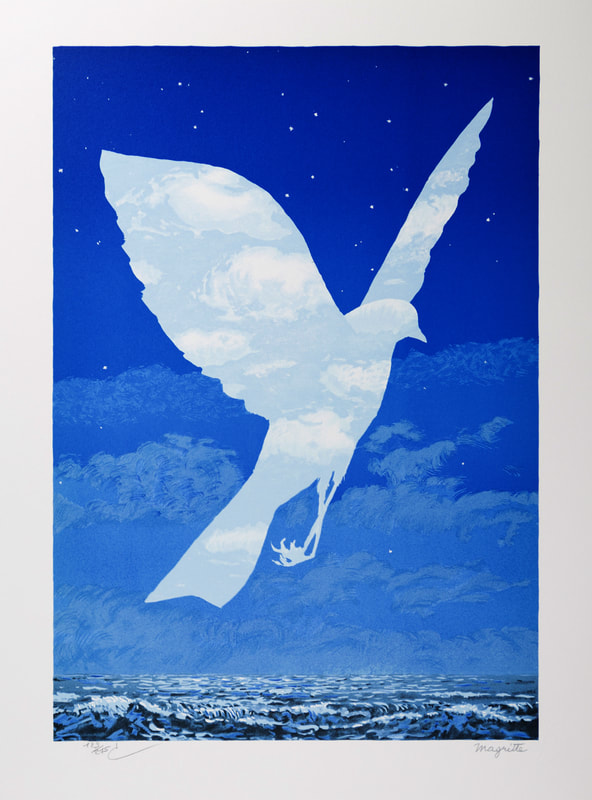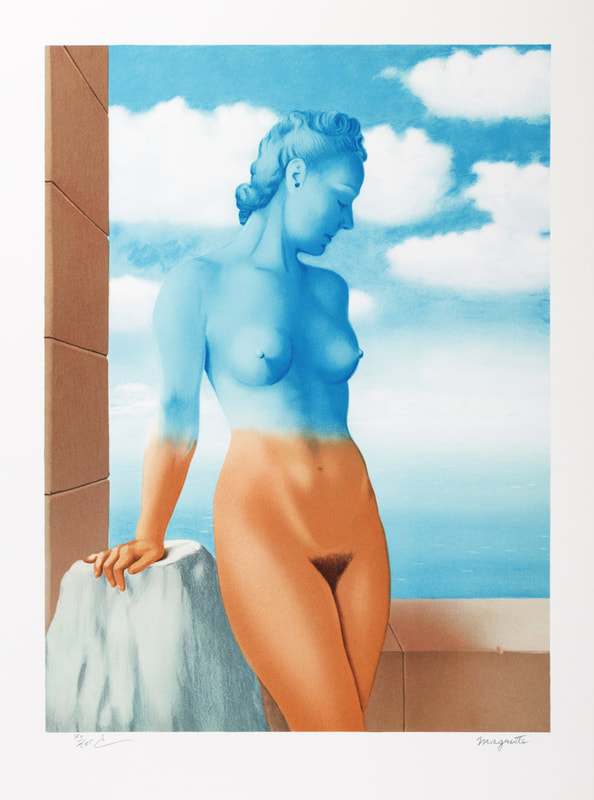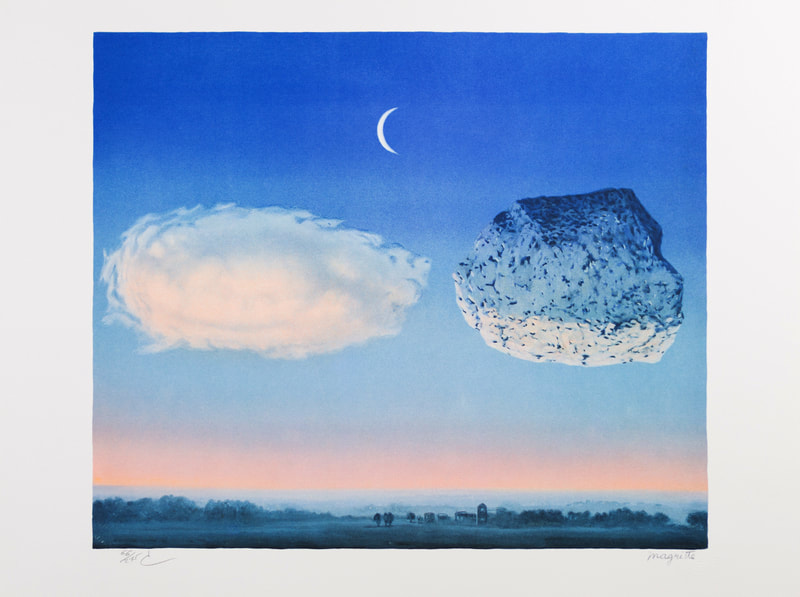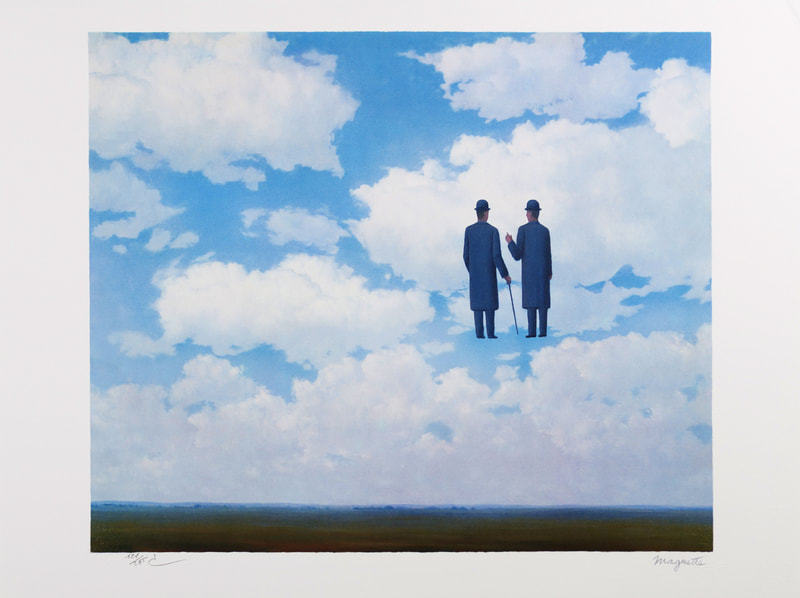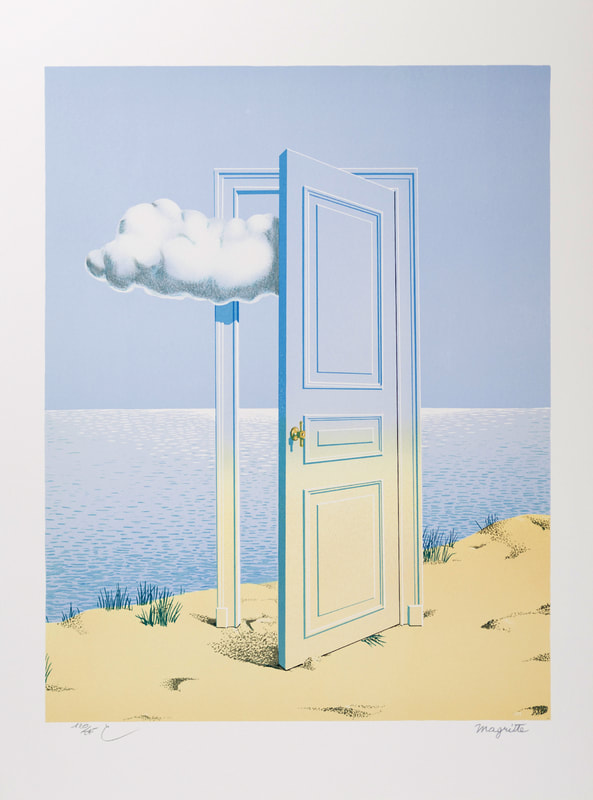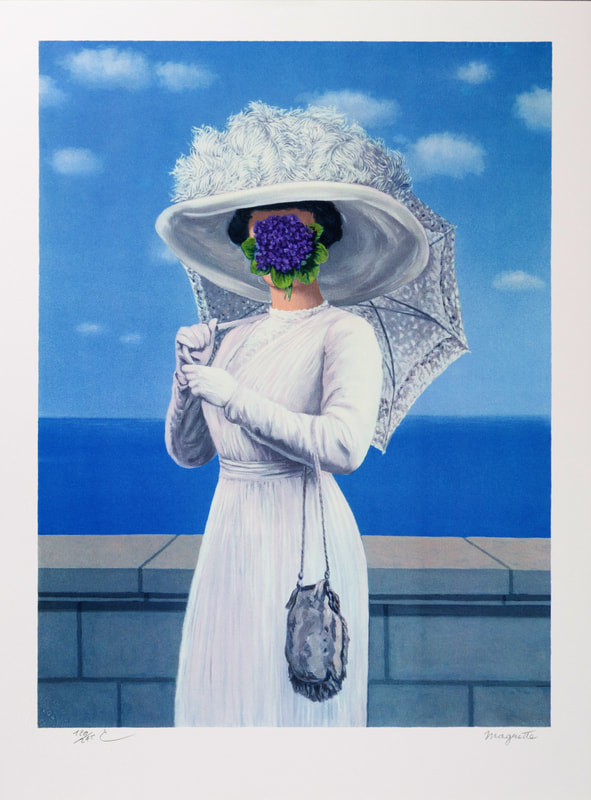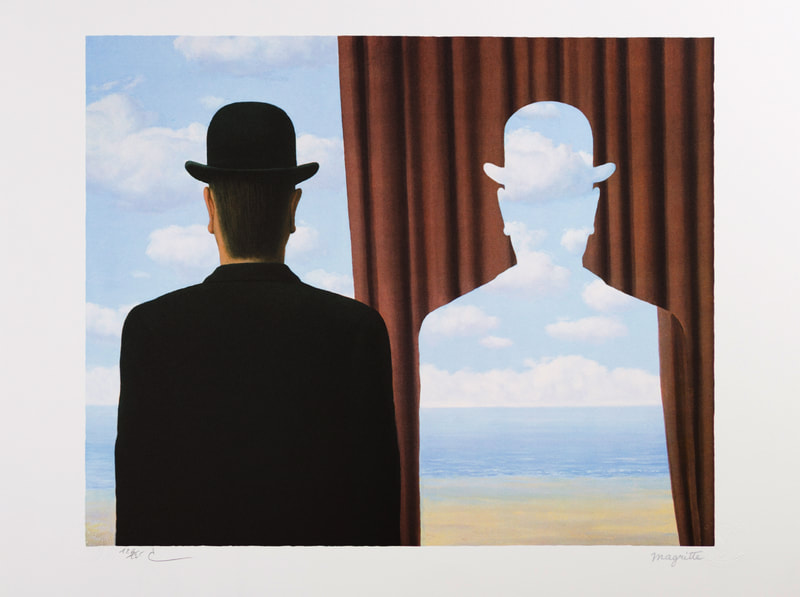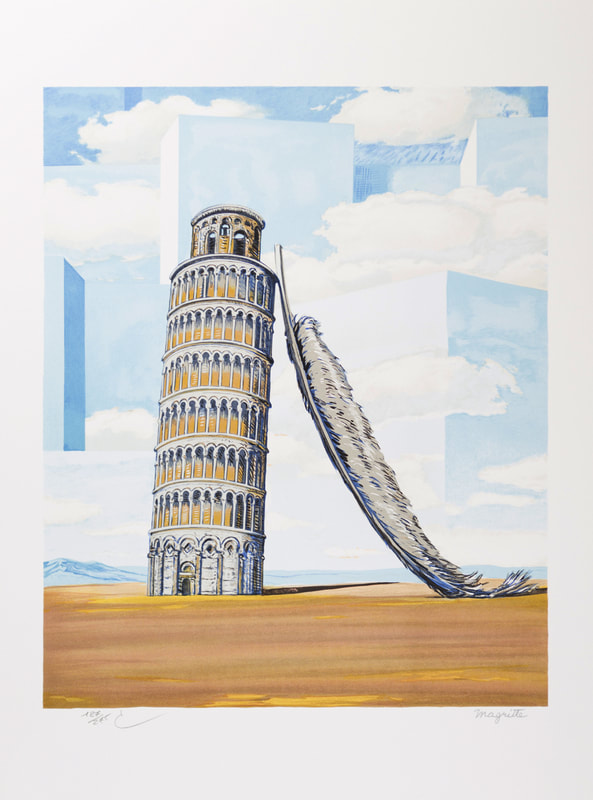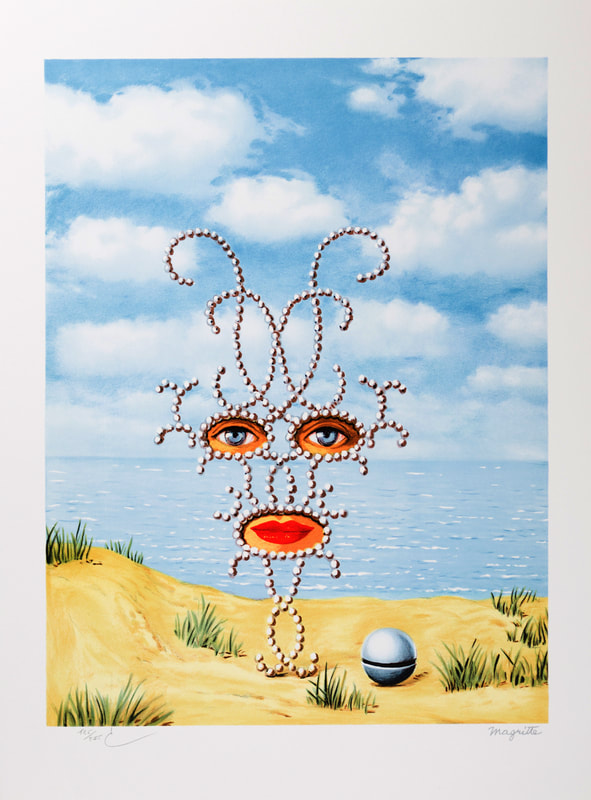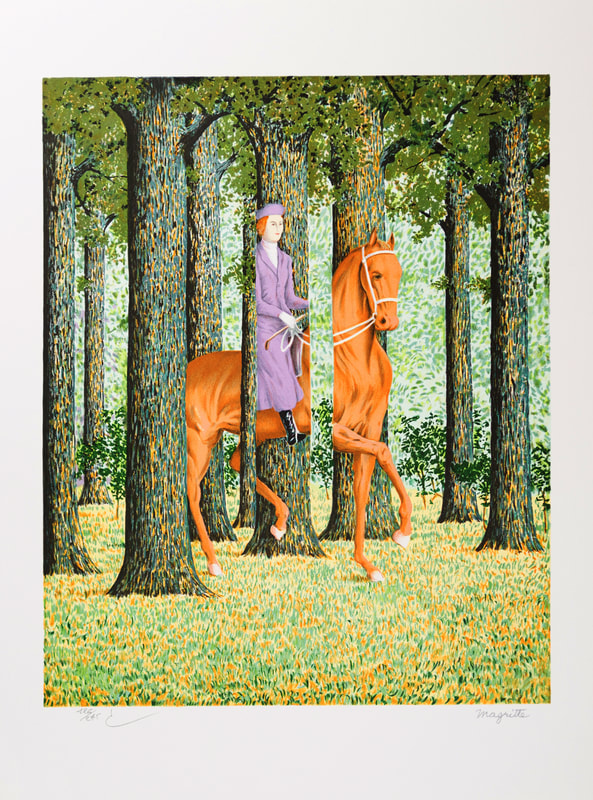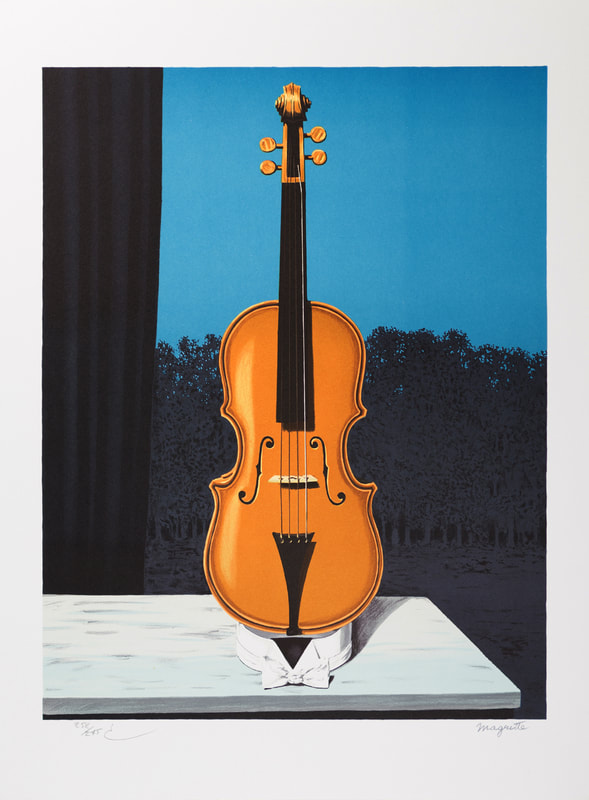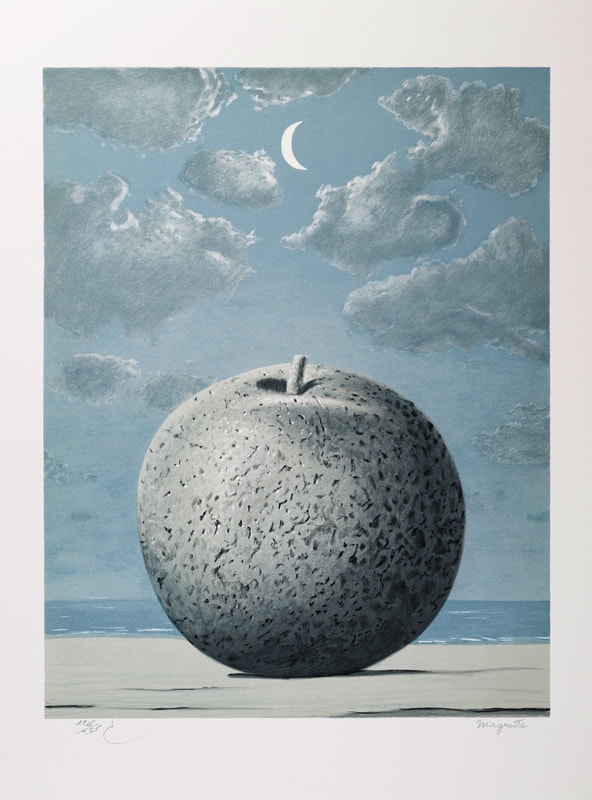Photo gallery
Color lithographs after oils on canvas and gouache by René Magritte, plate-signed by Magritte and numbered from a limited edition. All lithographs are authorised, supervised and feature the dry stamp of the Magritte Foundation and the ADAGP (Société des auteurs dans les arts graphiques et plastiques) and are countersigned in pencil by Charly Herscovici, President of the Magritte Foundation, Chairman of the Magritte Museum and unique representative of the Magritte Succession. A proof of edition is printed on the back of the lithograph, guaranteeing its authenticity.
|
RENE MAGRITTE
René Magritte, in full René-François-Ghislain Magritte, (born November 21, 1898, Lessines, Belgium—died August 15, 1967, Brussels), Belgian artist, one of the most prominent Surrealist painters. His works were characterized by particular symbols—the female torso, the bourgeois “little man,” the bowler hat, the castle, the rock, the window, and others. After studying at the Brussels Academy of Fine Arts (1916–18), Magritte became a designer for a wallpaper factory and then did sketches for advertisements. In 1922 he saw a reproduction of Giorgio de Chirico’s painting The Song of Love (1914), an evocative and haunting juxtaposition of odd elements (a classical bust and a rubber glove among them) in a dreamlike architectural space. The work had a great influence on Magritte’s artistic approach. For the next few years he developed a singular style that comprised carefully rendered everyday objects often placed in enigmatic juxtapositions. In 1926 Magritte signed a contract with a Brussels art gallery, which allowed him to become a full-time painter. The following year the gallery held his first solo show, which included The Lost Jockey (1926), a collage that he regarded as his first Surrealist work. The exhibition, however, was not well received by the art critics of the day. In 1927 he and his wife moved to a suburb of Paris. There he met and befriended several of the Paris Surrealists, including poets André Breton and Paul Éluard, and he became familiar with the collages of Max Ernst. Magritte began to integrate text into some of his works, and during this time he painted one of his most famous pieces, The Treachery of Images (1929), in which a detailed representation of a pipe is combined with the cursive statement: Ceci n’est pas une pipe (“This is not a pipe”). The painting questioned the authority of both images and words. After three years, Magritte and his wife returned to Brussels, where he was active once again in the Belgian Surrealist movement and where he remained for the rest of his life. He had his first solo show in the United States at the Julien Levy Gallery in New York in 1936 and in England at the London Gallery in 1938, gaining international popularity. He also received a fair amount of large commissions beginning in the late 1930s. During the 1940s Magritte experimented with a variety of styles, sometimes incorporating elements of Impressionism, for example, in what has come to be called his “Renoir Period.” The paintings he produced in this period, however, were not successful by most accounts, and he eventually abandoned his experiments. For the rest of his life he continued to produce his enigmatic and illogical images in a readily identifiable style. In his last year he supervised the construction of eight bronze sculptures derived from images in his paintings. Two museums in Brussels celebrate Magritte: the René Magritte Museum, largely a biographical museum, is located in the house occupied by the artist and his wife between 1930 and 1954; and the Magritte Museum, featuring some 250 of the artist’s works, opened in 2009 at the Royal Museum of Fine Arts. |
